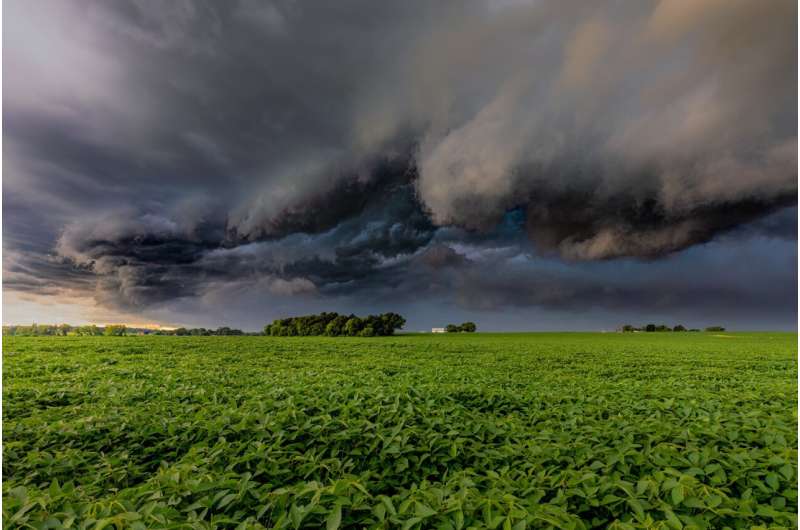
Straight line winds result when rain and hail at high altitudes evaporate and cool the ambient air, which then plummets and, at the surface, spawns intense winds that rush outward.
Climate change is likely altering the picture by increasing the temperature difference between the cool air in downdrafts and the warm surrounding air. This larger temperature difference lets the cold air descend even faster, making it more likely for a thunderstorm to generate damaging winds.
A new study, published in Nature Climate Change, shows that the central U.S. experienced a five-fold increase in the geographic area affected by damaging thunderstorm straight line winds in the past 40 years.
“Thunderstorms are causing more and more of these extreme wind events,” said NCAR scientist Andreas Prein, the author of the new study. “These gusts that suddenly go from no wind at all to gusts of 60 to 80 miles per hour can have very damaging impacts on buildings, power grids, and even human safety.”